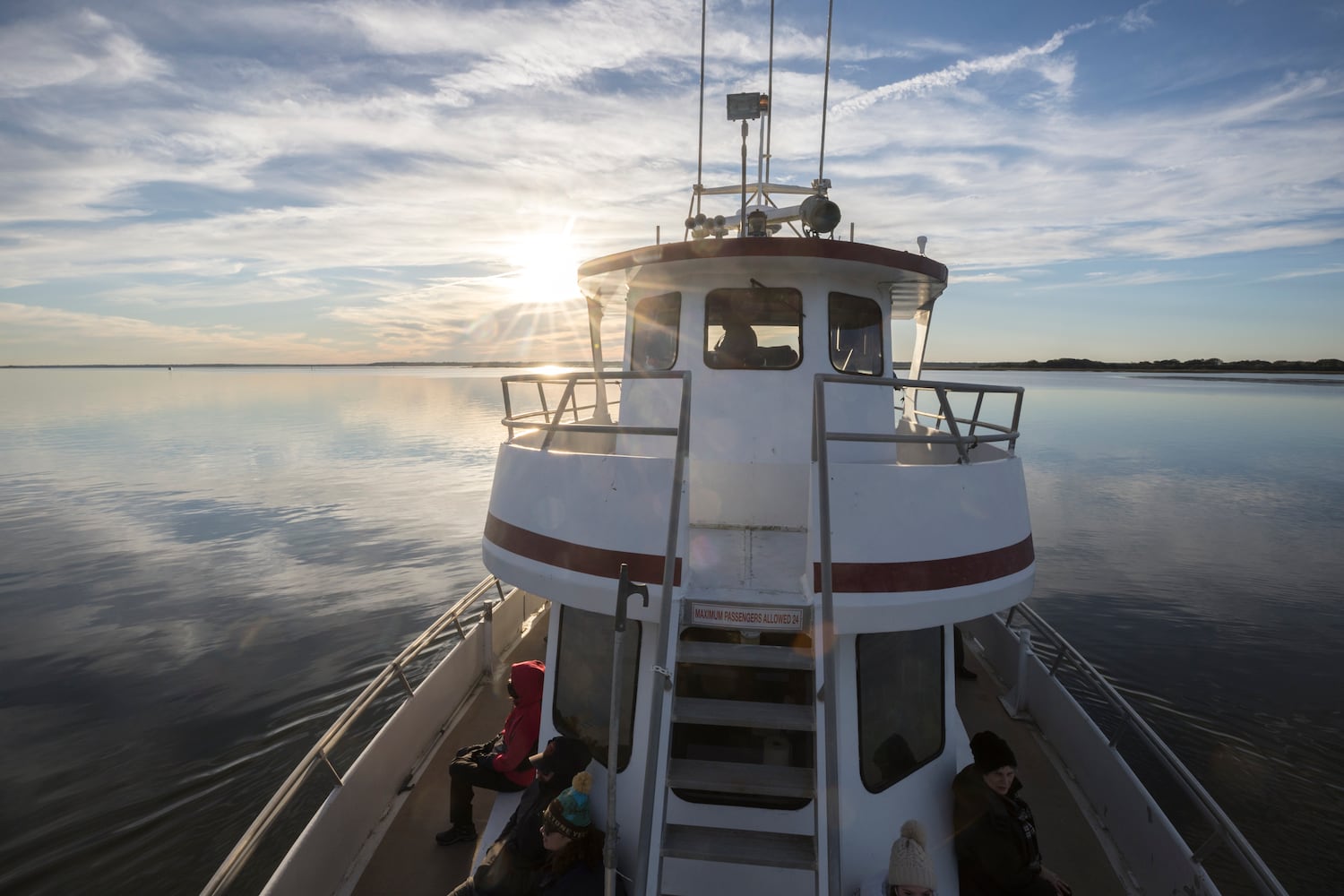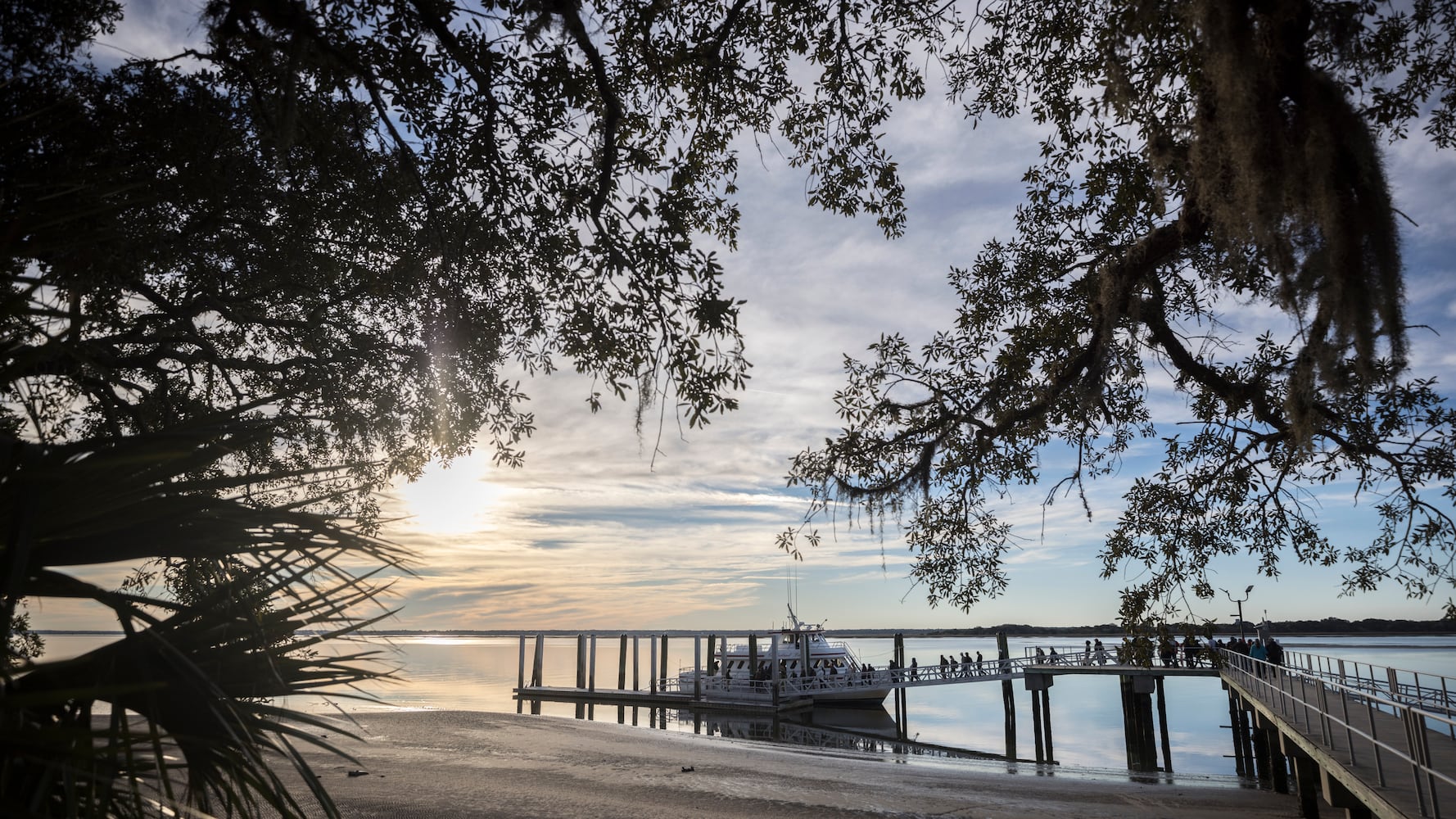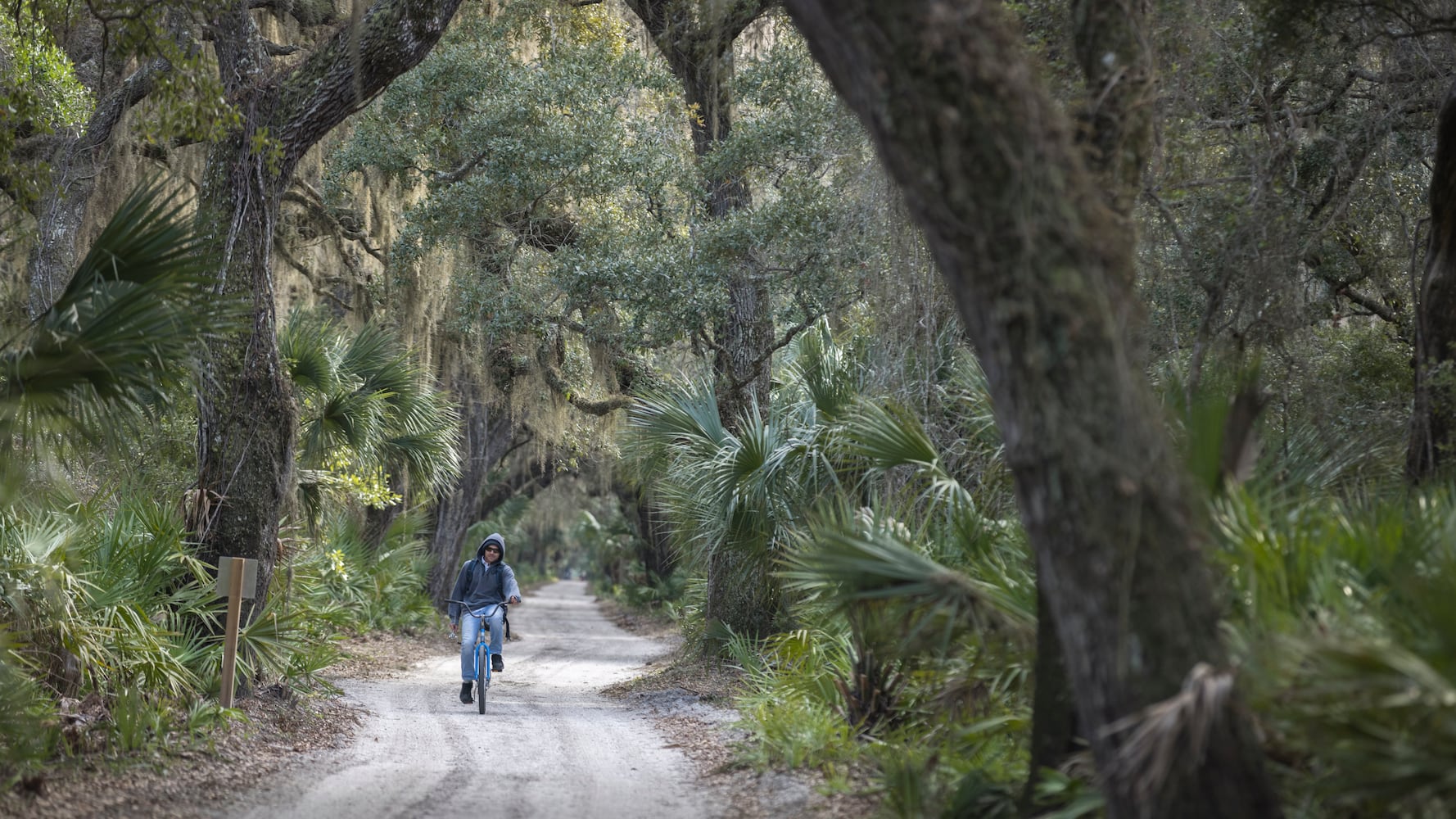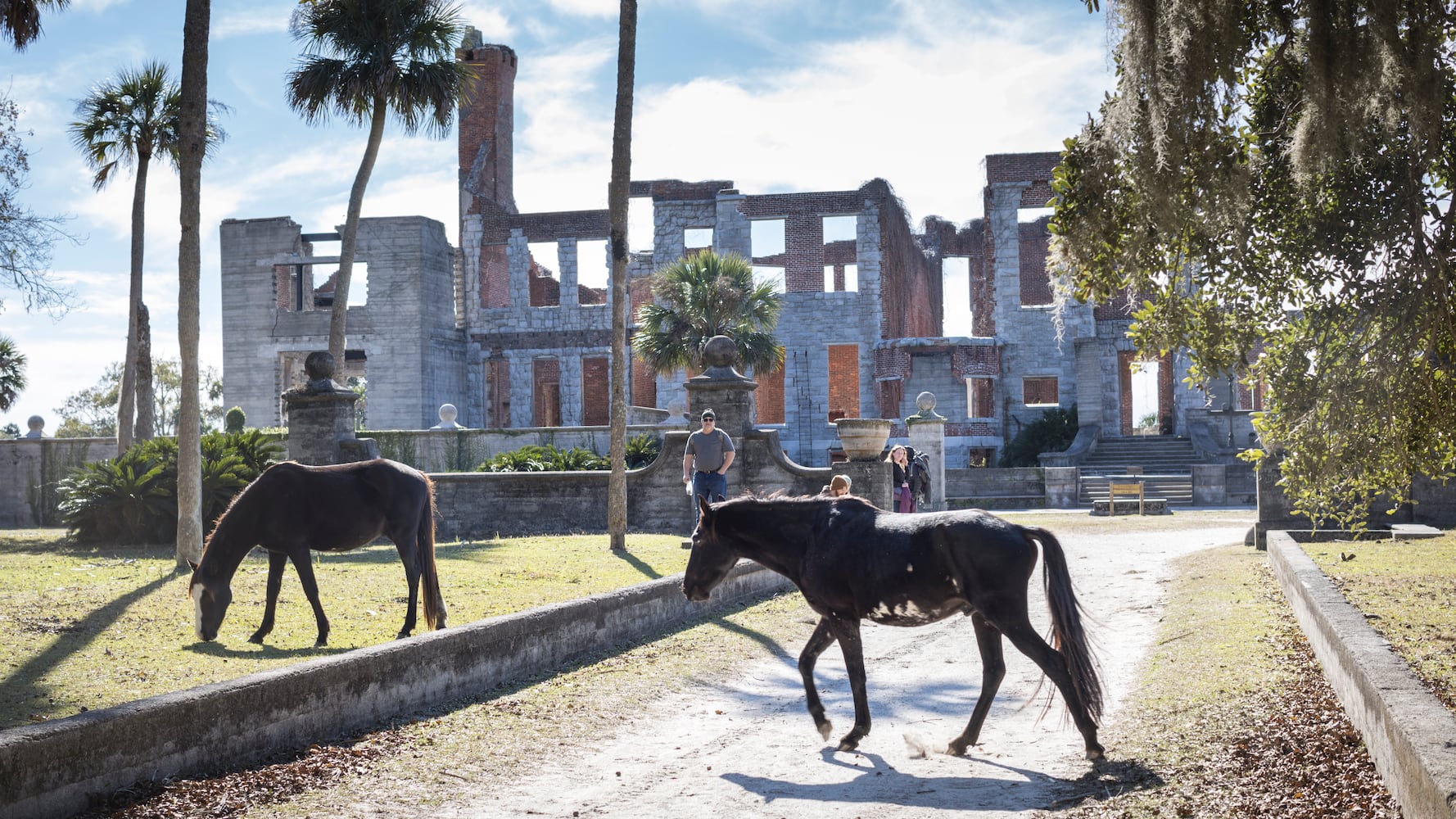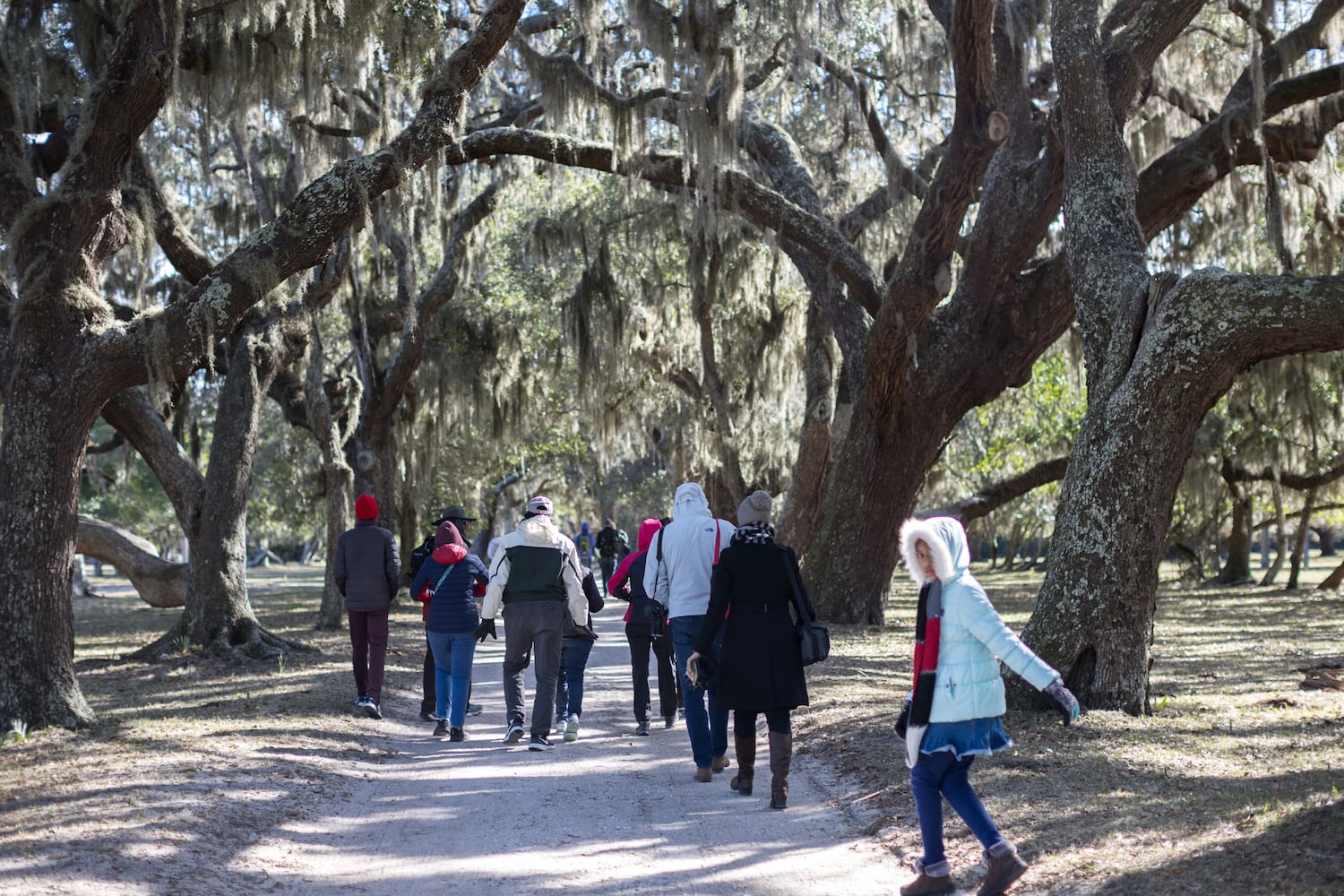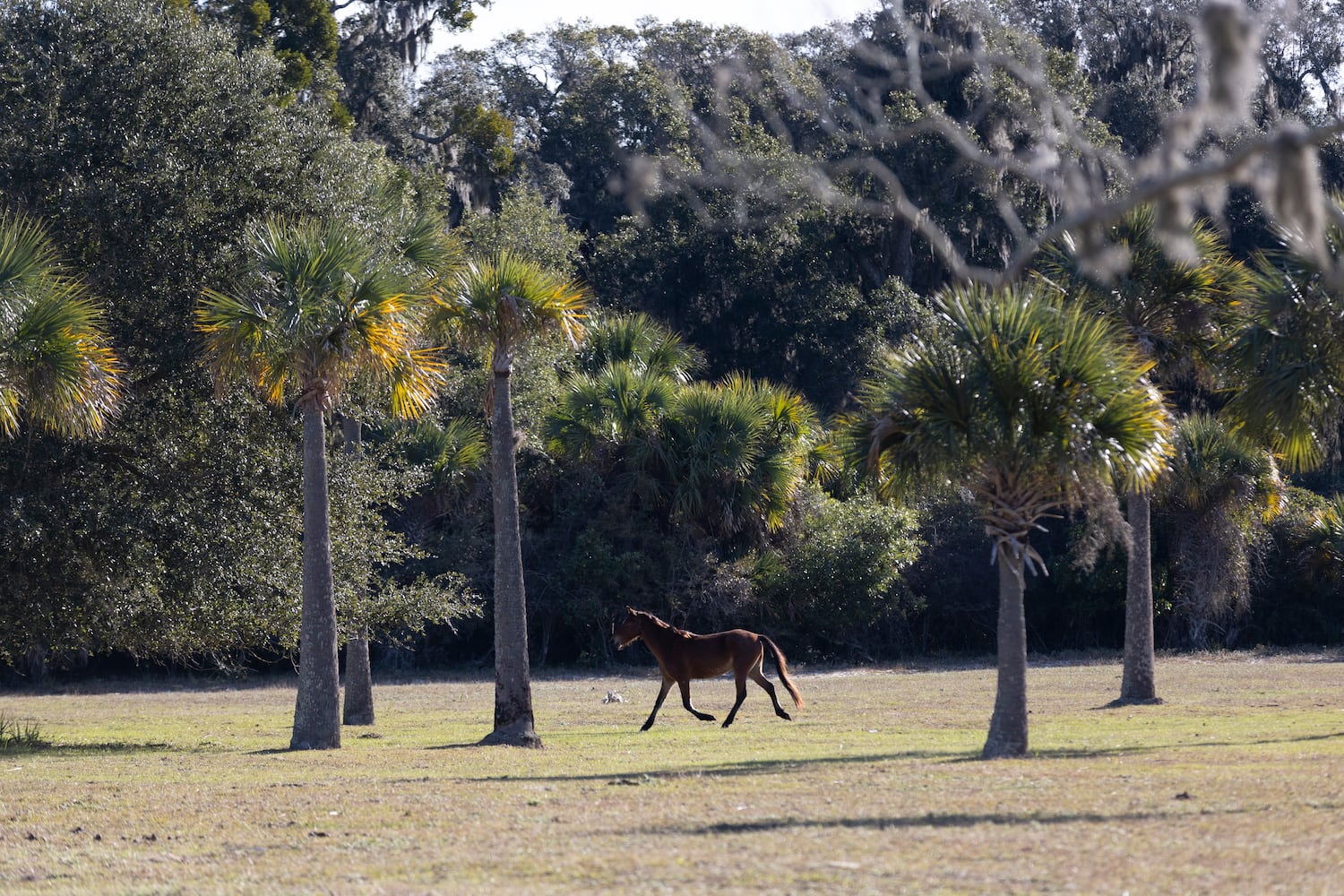In the act of Congress that established Cumberland Island as a national seashore in 1972, the federal government was clear: The island and wildlife refuge off Georgia’s coast would be managed differently than most of the country’s national parks.
“The seashore shall be permanently preserved in its primitive state,” the law reads, adding that no development “incompatible with the preservation of the unique flora and fauna” should be undertaken. Later, a 1984 management plan suggested that only “about 300″ people be ferried to the island each day.
That plan — which created a framework for encouraging recreation, while also preserving the island’s ecological and historical riches — has governed island visitation ever since. But for the first time in almost four decades, the National Park Service (NPS) is planning big changes to those rules, potentially ushering in a new era on Georgia’s largest and most remote barrier island.
Environmental advocates and outdoor enthusiasts are raising concerns that it could alter its natural character.
Among the biggest changes proposed in the new visitor management plan released in October are:
- Raising the number of visitors allowed to be ferried to the island daily to 600. The plan also considers establishing a new ferry drop off location for 100 people near the site of a vacation mansion once used by the famed Carnegie family known as Plum Orchard. Neither figure includes recreational boaters who make the trip to the island themselves.
- The creation of a new designated boat landing area on the island’s south end.
- Opening new parts of beach on the east side of the island to bicycle riding.
- An increase in the overnight camping capacity at some sites.
- Potential construction of a camping supply store, on-island kayak and canoe rentals, plus the expansion of motorized tours
In a virtual public meeting about the plan held in November, NPS officials said it is time to revise the island’s capacity because the 300 daily ferry visitors mentioned in the 1984 plan was never meant as a hard cap. In practice, the island is already managed for more than 300 daily visitors because many travel to the island on their own vessels, Andrew White, an NPS visitor use management specialist, said during the meeting.
Cumberland Island Superintendent Gary Ingram added that the proposed plan was crafted with the goal of opening up the park to communities that don’t typically experience it.
Credit: Stephen B. Morton for The Atlanta Journal Constitution
Credit: Stephen B. Morton for The Atlanta Journal Constitution
“We need to examine the activities that visitors should have an opportunity to participate in, the places they can visit and reduce the barriers to visiting for all people,” Ingram said.
During the public meeting, he and other NPS officials framed it as a chance to gauge how many visitors are appropriate on the island and said changes would be implemented incrementally, with ecological and visitor experience impacts monitored closely.
But critics of the plan warn that Cumberland is not the place to experiment with more visitors and commercial services.
The island and the waters offshore are a critical habitat for threatened and endangered species, including loggerhead sea turtles, North Atlantic right whales, manatees and a host of birds and other reptiles.
The potential for more boat traffic is a major concern for wildlife, said Will Harlan, a senior scientist at the nonprofit Center for Biological Diversity.
“To know that they’re going to dramatically increase motorized access is just a death sentence for manatees, sea turtles and for critically endangered right whales,” he said.
The NPS plan says that to date, there has not been a recorded collision between a manatee and a ferry traveling to the island. The proposal acknowledges that more boat traffic could put more manatees and sea turtles in harm’s way during certain parts of the year. But the agency says it plans to minimize the risk by increasing signage and ramping up boater education efforts.
Then there is the issue of Cumberland’s wild places, which offer visitors a much-needed escape from the conveniences — and stresses — of civilization.
“It opens the door for unlimited commercial use of a place that was intended to become more primitive, more of an ecological value to our state over time, which seems counterintuitive to that purpose and intent,” said Jessica Howell-Edwards, the executive director of the nonprofit Wild Cumberland.
Credit: Stephen B. Morton for The Atlanta Journal Constitution
Credit: Stephen B. Morton for The Atlanta Journal Constitution
Former U.S. Congressman Bill Stuckey, who led the effort to establish Cumberland Island as a National Seashore, said he did so with the intent that people would get to enjoy the island in a state of preserved natural beauty.
Stuckey is not opposed to increasing the number of visitors to the island, if the NPS can handle it. He is, however, concerned about the potential commercialization of Cumberland.
“I think commercialization will be the beginning of the [end] of preserving the island like you want to see it,” Stuckey said.
NPS has extended the period for public comment on the plan through Dec. 30. Those interested in commenting can visit https://parkplanning.nps.gov/commentForm.cfm?documentID=124495.
The agency will make a final decision on whether to adopt or tweak the proposal in summer 2023. But whatever the NPS decides, Stuckey doubts it will bring an end to the wrangling over the island.
“They were arguing over Cumberland 100 years before I got involved and they’re going to be arguing 100 years from now,” he said.
A brief history of Cumberland Island
- Evidence of human occupation on the island dates back to 4,000 years ago. During the 16th and 17th century, much of the island was cleared for plantations.
- In 1881, the famous American steel family, the Carnegies, arrived on Cumberland. They built several homes and eventually owned 90% of the island.
- The Carnegie family later gave their land to the federal government and the island was established as a national seashore in 1972.
Keep Reading
The Latest
Featured
